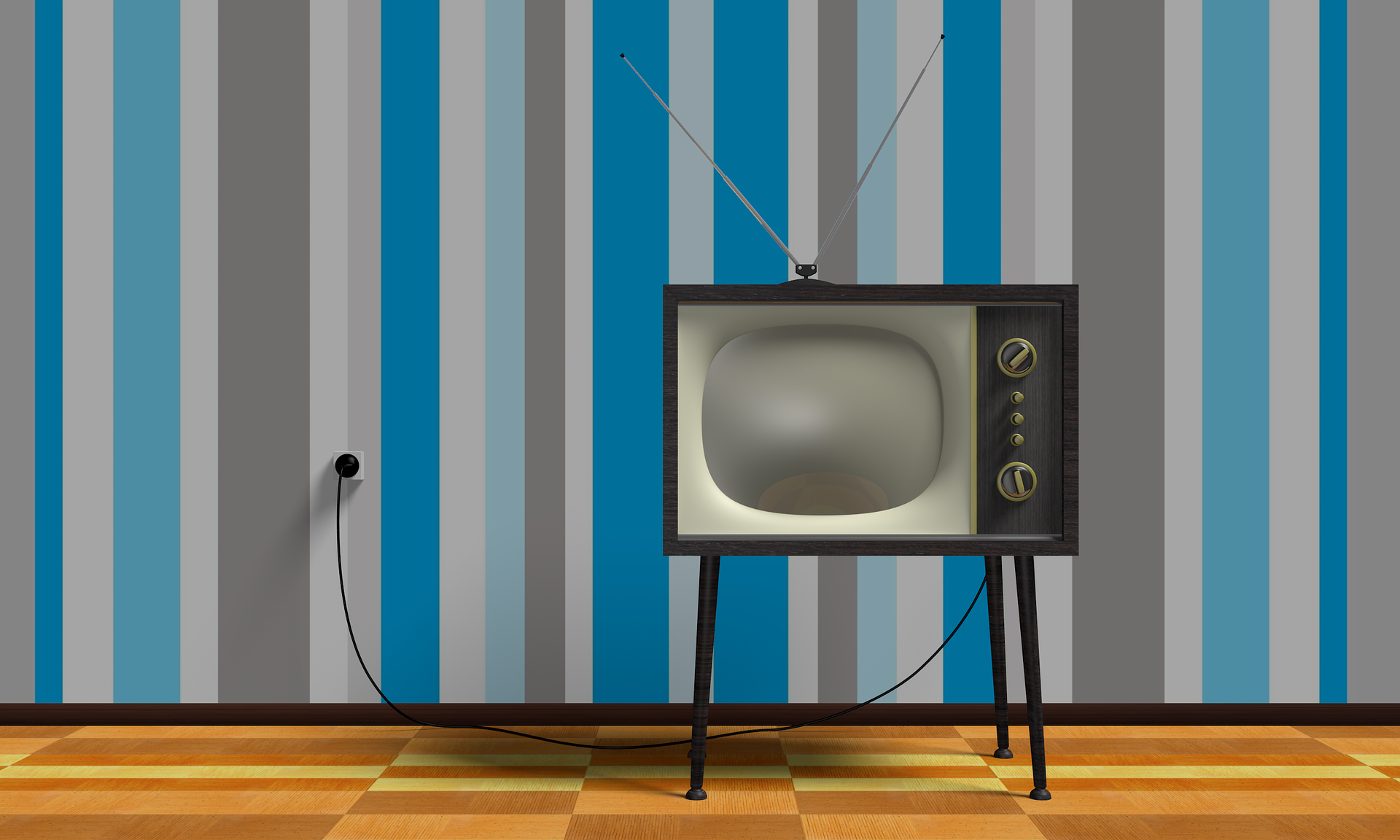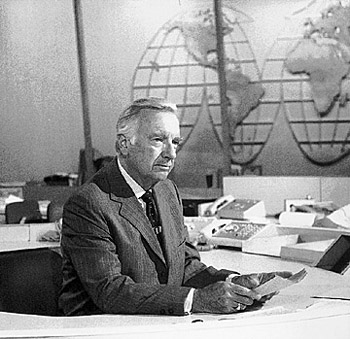I’m a TV fan, and I’m not ashamed. In fact, my first thought when I heard about the NBC-Comcast deal was of Jack Donaghy. You know, the growly-voiced Vice President of East Coast Television and Microwave Oven Programming for GE on NBC’s “30 Rock.” I’ve always given GE props for letting Tina Fey and the rest of the cast satirize it so hilariously.
But, the deal has unleashed a fresh round of predictions that broadcast TV is dead. In fact, what adds insult to injury is how small a role in the overall transaction the NBC broadcast stations play. As the ground shifts under their feet, I’m wondering how Donaghy, and his real-life counterparts at the networks, will adjust. And whether they could have saved “free” TV.
The broadcast picture started fading long before the Comcast deal. Before Oprah’s announcement that she’ll decamp for her cable network. And long before NBC’s controversial decision to air Jay Leno’s show every weeknight in primetime instead of investing in original programming.
Tina Fey captured it poignantly at last year’s TV Critics Association Awards when she thanked critics for making her show “the most successful cable show on broadcast TV.” Her final line really wrote the epitaph, though. “It’s a great time to be in broadcast television. Exciting. Like being in vaudeville in the ’60s.”
Of course, the cloudy picture is largely due to the advertising-supported broadcast revenue model, which has, in TV jargon, jumped the shark. It’s far easier for a cable channel to be profitable in today’s TV universe. And, the Web has definitely eroded the audience for network news.
When writing the obit for broadcast TV, though, you have to look at the programming. I remember when, a couple of years ago, I mentally ran through my DVR list and realized that “30 Rock” was the only broadcast show on it. (Okay, I have friends who’re obsessed with “Lost,” and “Grey’s Anatomy” had its day of glory. And, there are others.) But, in general, the breakthrough shows are on cable, and everyone knows it. And, it’s not just because they can swear and show sexual content.
I’m old enough to be sentimental about the networks, and I have apprehensions about the results of an approved merger, not to mention the possibility of the brand that gave us “Friends” and “Seinfeld” going away. But, sentiment doesn’t really stand up when you think about the convergence of broadcast distribution changes, online advertising, and fragmented viewership.
In the meantime, the deal has given us some entertaining content already. Conan O’Brien has started a tongue-in-cheek segment called “Sucking Up to Comcast,” while Leno dubbed it “the TV industry’s version of ‘cash for clunkers.'” On the Jack Donaghy front, when asked about the character’s probable reaction to the news, Alec Baldwin says he’d like Donaghy to barricade himself in his office and refuse to take calls from anyone other than former GE chief Jack Welch. Ah, nostalgia.





